Interviewed by Nicole Weingartner. Home page cover photo © Dorit Thies.
Dorit Thies’s photographic style is a combination of many things - beauty, fashion and lifestyle. Her work is bold and daring, but with a glamour and intrigue that only comes from her unique, visual perspective. Thies has found international acclaim with her beauty work, but she is also accomplished in fashion and celebrity portraiture, garnering her features for many major publications and companies such as REVLON, Urban Decay Cosmetics, LORAC Cosmetics, Men’s Health and Marie Claire.
Originally born near Hamburg, Germany, Thies relocated to Los Angeles in the late 1980s. She first started shooting with High ISO film because of its ability to give her total freedom, and she enjoyed not having to deal with the nuances of lighting equipment but instead used only available light. Her first series consisted of nude images of her female friends, and her early inspiration came from the likes of surrealist painters Remedios Varo and photographers such as Tina Modotti and Manuel Alvarez Bravo. What first started as a personal project - and often included props such as gauze or masks - became a business when she hosted her first solo show in Silver Lake and later exhibited her work in several galleries across the U.S.
 © DoritThies 2015 published in Kurv. Magazine
© DoritThies 2015 published in Kurv. Magazine
When first making the transition into photography, Thies worked as a makeup artist, a skill that lent itself well to the beauty portraiture of her later work. Working on-set as a makeup artist in Europe, Canada and the U.S.,Thies would learn different technical approaches from watching the photographers. When she came to the states, she took the wisdom she had gained from that experience and channeled it into her conceptual beauty work.
“I am not a super technical geek. My work has always been rather simple - and I believe it is not the camera that makes a great photo but the conceptual idea, the way it is executed and a great eye.”
Decades later, her overall approach hasn’t changed. She still prepares for each of her shoots with a sketch - something she started doing many years ago and has now become a good habit. With sketching, she plans and envisions each one of her pieces - as a whole and not just a sum of its parts.
We got a chance to speak with Thies about how she finds and attracts clients, how she markets herself on social media and her work with the Aids Healthcare Foundation (AHF).
How do you find your clientele? And how important is marketing yourself?
First of all I am an optimist and I have been almost all my life and I have believed in my talent (of course we all have self-doubts sometimes). I think that it is important having the confidence to put yourself out there and reach out to top clientele.
I find my clients everywhere. Since my focus has been on the beauty industry for a few years now, I have been building a database that I can access all the time. I find the specific contacts in certain in-house companies through Agency Access or the advertising agencies that have beauty, skin and hair-related or personal care product clientele. I also find my clients when I go through magazines or when I discover the product on the shelf in a store. I enjoy doing research in department stores. Of course I also find clients through LinkedIn.
Without marketing I would not get any work, especially not in the highly competitive world of beauty that I am in. The art buyers, beauty editors, publishers, creative directors, art directors and CEO’s I am dealing with want to make sure I am on top of my game and in-demand.
That is extremely challenging and constantly pushes me to create new and exciting work that is trend oriented, modern and gives my client the feeling that they hired the best possible photographer. I have to constantly find ways to get my work published in order to have material to market myself with. I send out email blasts once a month, showing my best shot currently available. I send a small edition of carefully crafted beauty books once a year that go to very specific clients.
I have an ad in LeBook; I am on their web site and lately I started promoting images on Instagram. I try to keep my profile up-to-date on LinkedIn and I post my latest publications on Behance, which is connected to APA. I am not a huge fan of Facebook. It is too much work and I don’t think it really brings me any business.
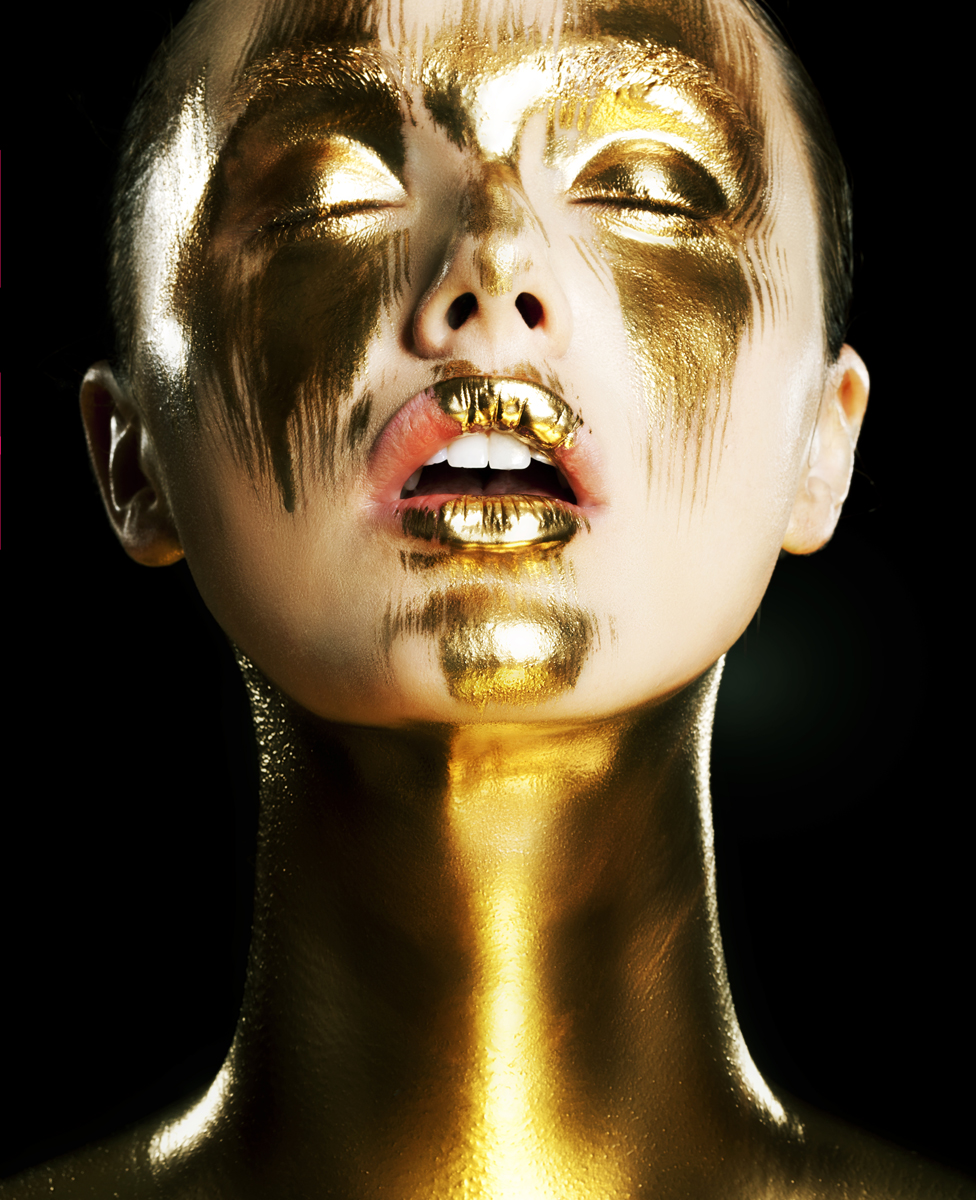 © Dorit Thies 2015 published in Aestus Magazine
© Dorit Thies 2015 published in Aestus Magazine
Several of your beauty clients have worked with you on many shoots. How do you turn clients into repeat customers?
I believe in excellent service from the beginning to the end. You have to become an authority in your field - that takes time and you have to show it in your work. I am in charge of every aspect of the final product and I help my clients to achieve world class imagery that compete with high-end brands.
Being there 150 percent is what I do. I care about every element of the shoot. I help them find the right models and I pretty much produce the shoot as well. I prefer working with my talented artists that I have established a good track record with; my crew is tight and always onboard. I depend on a crew that I can trust 100 percent.
My focus is taking care of the client, making sure that they are happy and are getting what they want. I also always go an extra mile if necessary and I don’t ask to get paid for every hour myself. If I want a certain prop, I go and look for it myself so I don’t need to rely on other people as much. I also show my client that I am trying to save them money by being creative and inventive. I am very much hands-on. Even during the shoot I start editing roughly so I have some signature shots on the screen for the client to see, so they feel they got what we envisioned. We also always have a mood board that directs the shoot and what we are going for. I want them to leave the studio with a big smile on their face at the end of the day.
In regards to the post production, I work with a handful of talented retouchers that I have worked with for a while. They know my direction. If all is finished, the client gets to see the final images all at once. They usually give a few correction notes and I will make sure all gets done in time as promised. I am big on staying close to the schedule AND the budget. If a client books you again it is the best compliment you can get.
You have an account on almost every social platform. What does social media mean to your business, especially with your beauty work?
Instagram and Facebook have changed the landscape for many photographers and clients. I have worked with a few nail artists when they started out a few years ago. The nail industry exploded and these artists now have over 250K followers. These nail artists have so many followers - sometimes more than magazines do - so shooting for magazines or the companies themselves has become almost obsolete. Instead, a lot of advertising money now goes to the Instagram artists that might not be such great photographers but have a huge following.
Also, the makeup companies hand over some of their products to the artists; the artists use the product and mention the company in their feed. Instantly, the company is being exposed to thousands of followers.
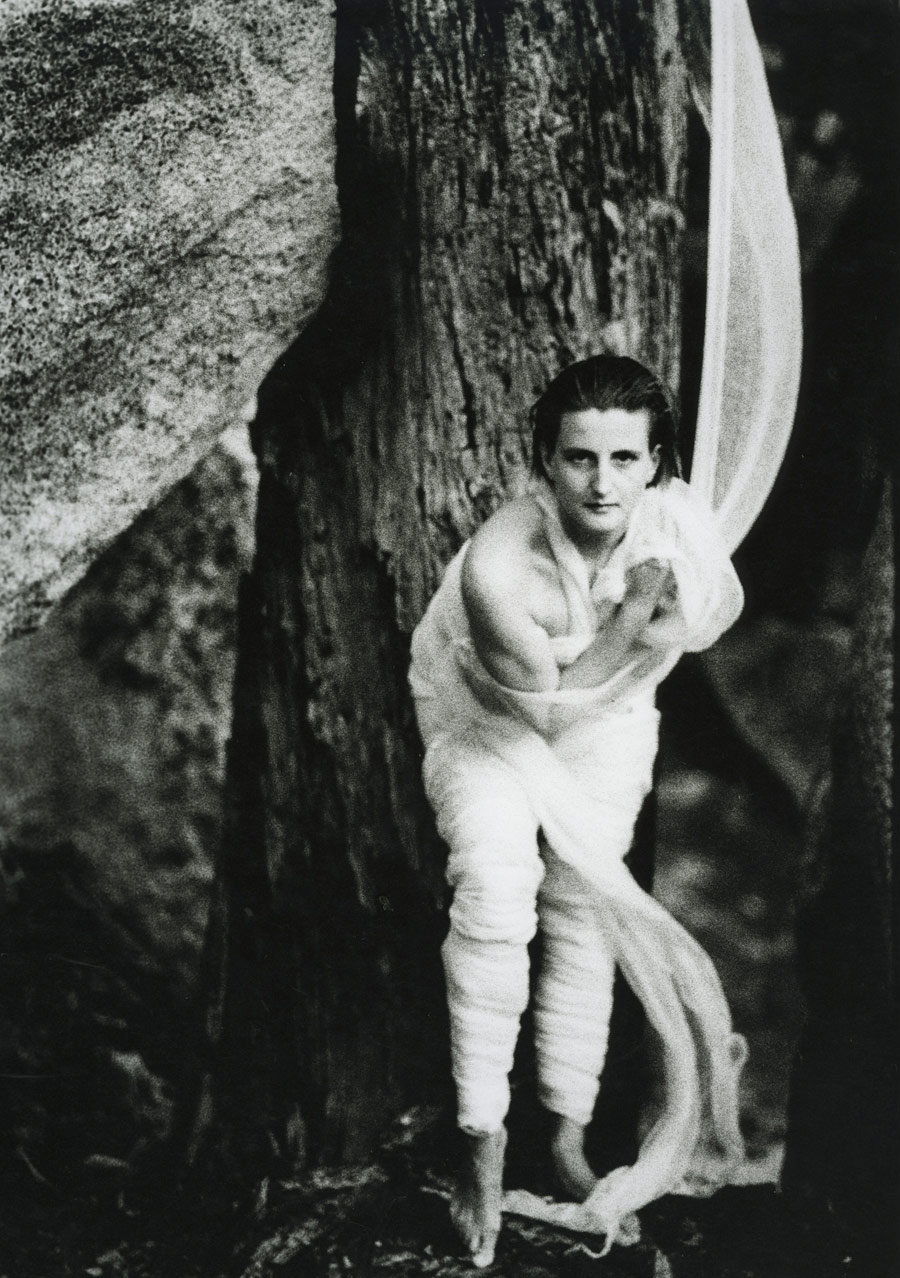 © Dorit Thies
© Dorit Thies
Sounds like it’s becoming harder than ever to keep a strong presence in the industry. How do you compete with those Instagram artists?
I believe that a brand still needs advertising images that are high end, trend oriented and very polished and that is where I come in. The shots must be lit well and photographed in a way that your typical iPhone user cannot recreate such a complicated shot. Or, I have to shoot personalities that again, an iPhone user or individual artist would not have access to.
 © Dorit Thies 2015 published in Fitness Magazine
© Dorit Thies 2015 published in Fitness Magazine
You stress the importance of reinventing yourself with new work. Is there a particular method to this? Or does it just evolve as you, yourself evolve?
Reinventing is almost like shedding your skin and creating a new you. It always takes a lot of energy and involves taking risk as well, namely not knowing where your business will go and if it will be lucrative. But whatever you have learned so far is something no one can take away from you. You just add to your repertoire. It is passion that drives you and finding new venues can be exciting. But after all, it is a business and you need to make money with the work you create - or, the work has to be so amazing that it gives you a little bit of fame and then the money will follow.
For example, I went from shooting fitness related work for many years to shooting beauty. Men’s health Magazine and Fitness Magazine were some of my regular clients. It was a huge leap but at the end of the day you have to trust yourself and know that you can do it. I was lucky to have a great support team and we created a lot of very creative and visually strong work. People saw it and noticed that it was different.
Shooting beauty also meant I did not need a studio at the beginning, I could just shoot out of my living room. I hardly had any expenses doing the shoot except feeding the talent and paying a retoucher and my assistant. Having worked as a makeup artist previously before I became a photographer, naturally I have a huge passion for products. I love working with makeup artists that push the limits and set new rules. Makeup is one of the most exciting tools of our times for women AND men.
Also, just recently I added celebrity portraiture and fashion to my repertoire because it all goes hand-in-hand and it involves more production value such as locations, wardrobe, a bigger crew and more artists.
If your resources grow you can get more support as well. Plus, I am now also able to attract apparel clients.
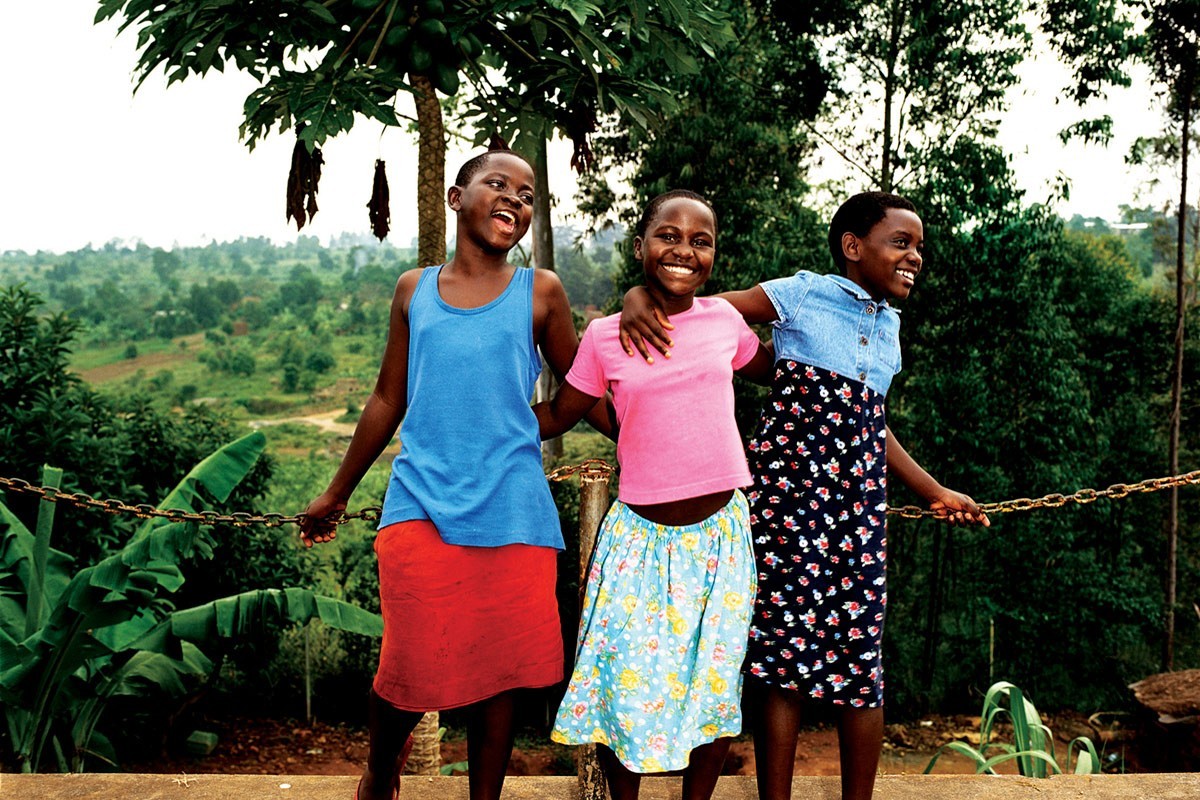 © DoritThies 2015 part of AfricAlive exhibit for AHF
© DoritThies 2015 part of AfricAlive exhibit for AHF
Your work with the Aids Healthcare Foundation (AHF) really speaks to your passion for bringing attention to important public causes. How was this experience and how has it impacted your work?
It was an amazing experience because it was so different from anything I had ever done. I find it important to stay open to all opportunities that come your way. I got invited to go to a presentation by the advocacy department of AHF and was very moved by the work they were doing in South Africa and in Uganda at that time.
I connected well with the Director of Advocacy and felt they could definitely benefit from my service as a photographer. So I simply offered my work as a portrait photographer to them, not thinking much about it. Two weeks later I was sitting on a plane to South Africa. I had organized tons of donated film by Kodak and I brought my medium format camera and my Profoto 7B pack along. It was a journey of a lifetime.
It was unforgettable in so many ways. Africa is such a complex continent and the people were very welcoming and warm. I ended up taking many portraits of AHF’s patients in a very conceptual way and in mostly remote areas. A selection of 36 images were scanned and then printed in life size prints by the Icon in LA and mounted in a beautiful way, most of it by donations. The project was called AfricAlive and became a larger-than-life project bringing in a lot of press and support for AHF. My career as a photographer in the fitness magazine world was on hold for almost 2 years but it was worth every minute.
The main reason for the project was to make a difference in people’s lives and to create awareness for what AHF was doing for them. AHF is the largest non-profit Aids organization that runs on donations in order to provide support.
The size of the project had a huge impact and it was amazing that we had access to galleries such as the Transamerican Pyramid in San Francisco or the Rotunda in Washington, D.C. where the work was shown for weeks at a time. The images had a lot of power and reached a lot of people. The project had made a difference in the world of the people that I had photographed and for their families. They were getting the treatment they needed to stay alive and more free medicine was being made available by the pharma industry for other infected people. Altogether, it was an experience that you cannot put a price tag on and I am glad I was given the opportunity to be a big part of it.
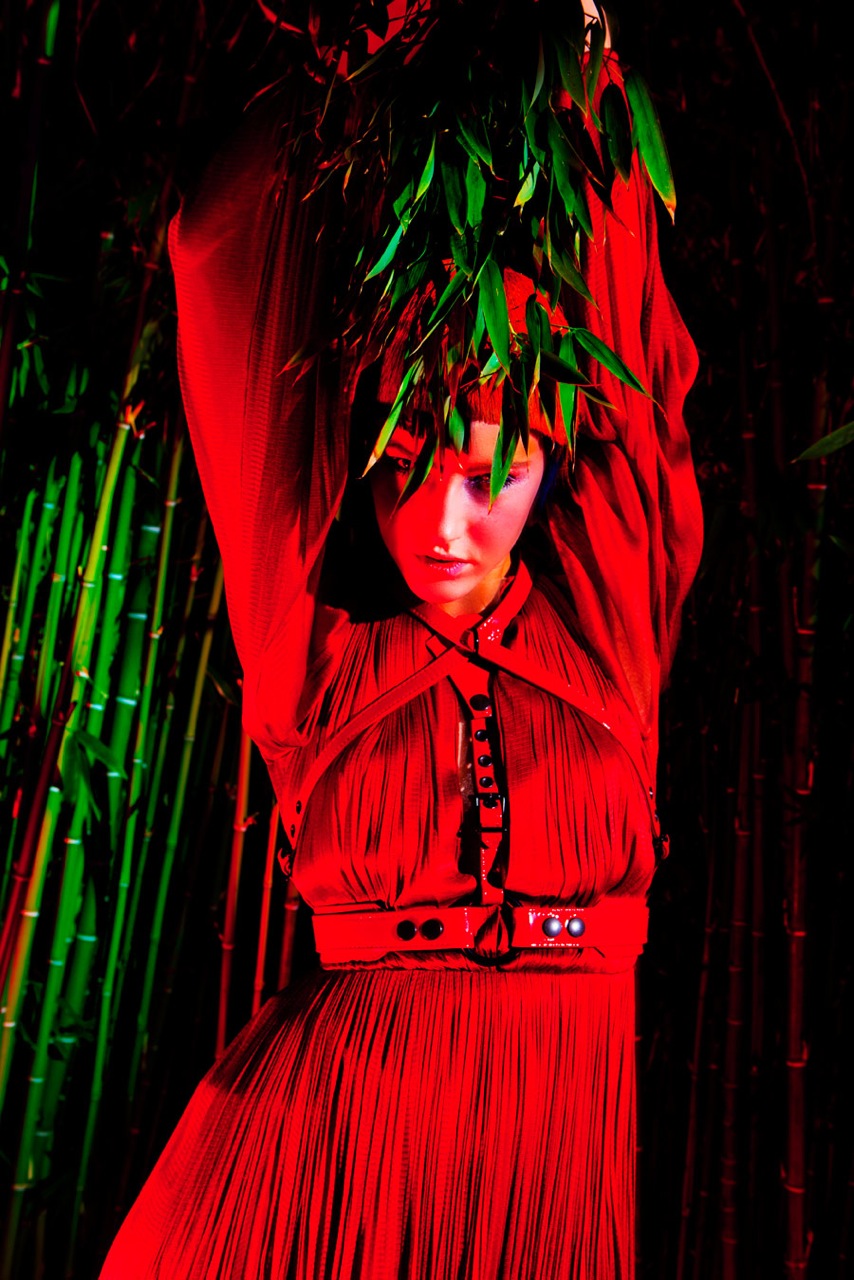 © DoritThies 2015 published in Zink Magazine
© DoritThies 2015 published in Zink Magazine


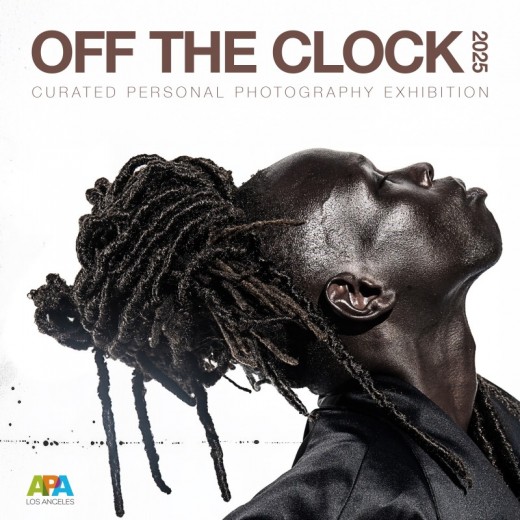
.jpg)